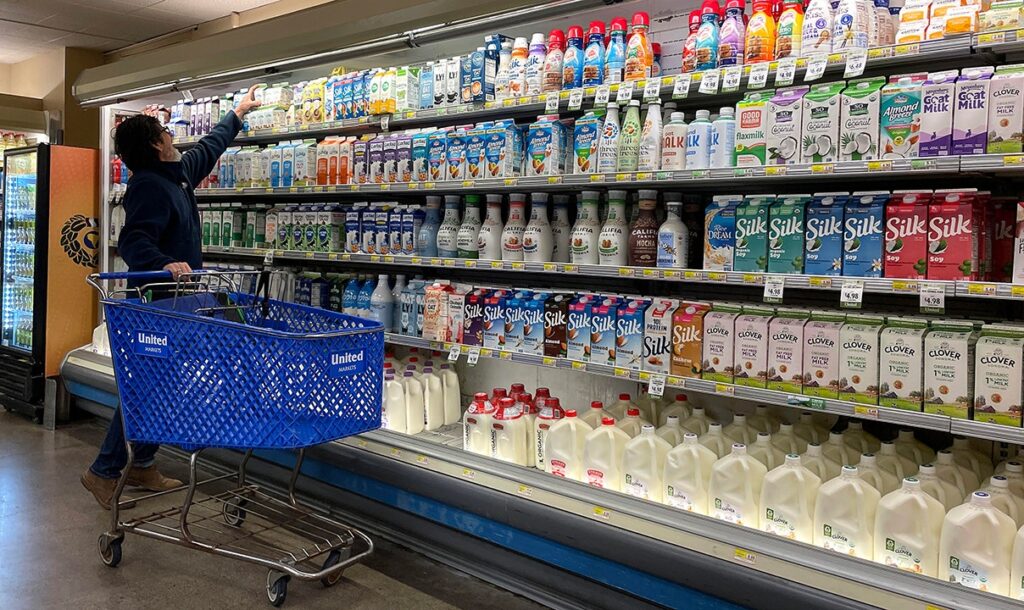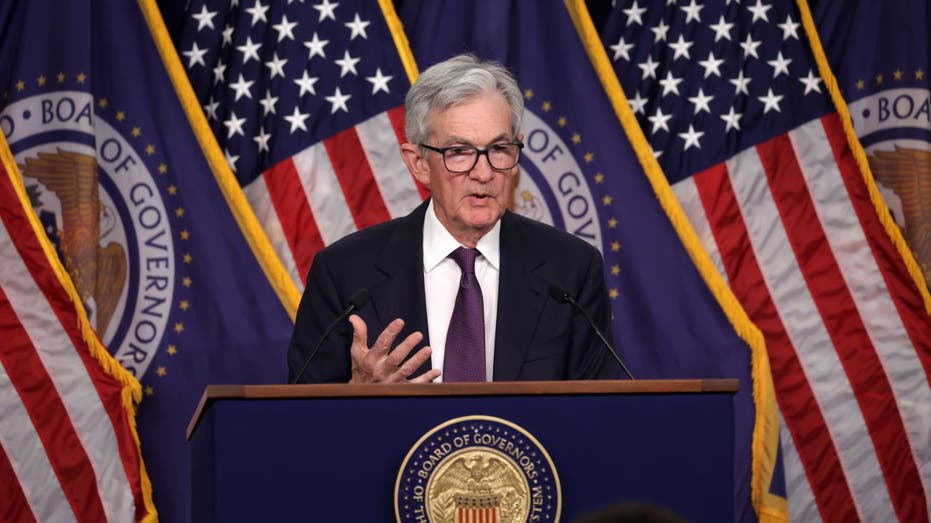
KraneShares Chief Investment Officer Brendan Ahern discusses Chinese stocks, inflation rates and more on ‘The Claman Countdown.’
Inflation increased slightly in May and remained above the Federal Reserve’s target rate ahead of the central bank’s next meeting this month.
The Bureau of Labor Statistics on Wednesday said that the consumer price index (CPI) – a broad measure of how much everyday goods like gasoline, groceries and rent cost – rose 0.1% in May compared with last month, while it was up 2.4% on an annual basis.
Those figures were slightly cooler than the estimates of economists polled by LSEG, while the annual CPI ticked up from 2.3% a month ago.
So-called core prices, which exclude more volatile measurements of gasoline and food to better assess price growth trends, were up 0.1% from the prior month and 2.8% on an annual basis, both below economists’ estimates of 0.3% and 2.9%, respectively.
JOB GROWTH CONTINUED TO SLOW IN MAY AMID ECONOMIC UNCERTAINTY
The report showed that inflationary pressures in the U.S. economy remain persistent despite progress in bringing inflation closer to the Federal Reserve’s 2% target in recent years.
High inflation has created severe financial pressures for most U.S. households, which are forced to pay more for everyday necessities like food and rent. Price hikes are particularly difficult for lower-income Americans, because they tend to spend more of their already-stretched paycheck on necessities and have less flexibility to save money.
Food prices rose 0.3% in May from the prior month and were 2.9% higher on an annual basis. The food at home index and the food away from home index each rose 0.3% in May and were up 2.2% and 3.8% on an annual basis, respectively.
Egg prices decreased 2.7% in May, as the cooling trend continued after the industry saw rapid price growth last year due to an avian flu outbreak, which left prices 41.5% higher than a year ago. The index for meats, poultry and fish as well as the dairy index were each down 0.1% in May, while the fruits and vegetables index rose 0.3% and the cereals and bakery products increased 1.1% for the month.

Consumer prices increased slightly in May. (Justin Sullivan/Getty Images / Getty Images)
FED SAW INFLATION, JOBLESS, STABILITY RISKS AT MAY MEETING, MINUTES SHOW
Energy prices decreased 1% in May after recording a rise of 0.7% in April. The gasoline index declined 2.6% in May and is down 12% from a year ago, while electricity prices increased 0.9% for the month and are up 4.5% compared with last year.
Housing prices were up 0.3% last month and were the primary factor in driving the overall CPI increase. Over the last year, the shelter index increased 3.9%.
Transportation costs were down 0.2% last month, but are 2.8% higher than a year ago. Airline fares declined 2.7% in May and are 7.3% lower over the past year, while motor vehicle insurance prices rose 0.7% last month and are 7% higher than a year ago.
US ECONOMIC GROWTH FORECAST CUT SHARPLY DUE TO HIGHER TARIFFS

Federal Reserve Chair Jerome Powell has said the central bank will continue monitoring economic data before making a move on interest rates. (Alex Wong/Getty Images / Getty Images)
The cooler-than-expected inflation report comes ahead of the Federal Reserve’s meeting next week, when the central bank is expected to continue to hold interest rates steady amid uncertainty over economic conditions. Economists anticipate that consumer prices will rise due to President Donald Trump’s tariffs, which have been partially delayed and are yet to have a significant impact on inflation data.
“Despite sticky inflation, tariffs have not yet showed up in consumer prices, but a lot depends on the absorption rate of U.S. companies and foreign suppliers,” said Eric Teal, chief investment officer for Comerica Wealth Management. “We believe that the majority of the tariffs will eventually get passed to the consumer, but companies are cautious at this juncture about passing along the price increase.”
Seema Shah, chief global strategist at Principal Asset Management, added that while the cool inflation data is somewhat reassuring, the impact of tariffs still looms in the months ahead.
GET FOX BUSINESS ON THE GO BY CLICKING HERE
“Tariff-driven price increases may not feed through to the CPI data for a few more months, so it is far too premature to assume that the price shock will not materialize. Just like the economic activity data, there is little signal in the current inflation numbers and we’ll likely need to wait until the late summer before the tariff impacts start to show through – either in the profit margin data or the inflation data,” Shah said.
 Latest World Breaking News Online News Portal
Latest World Breaking News Online News Portal






